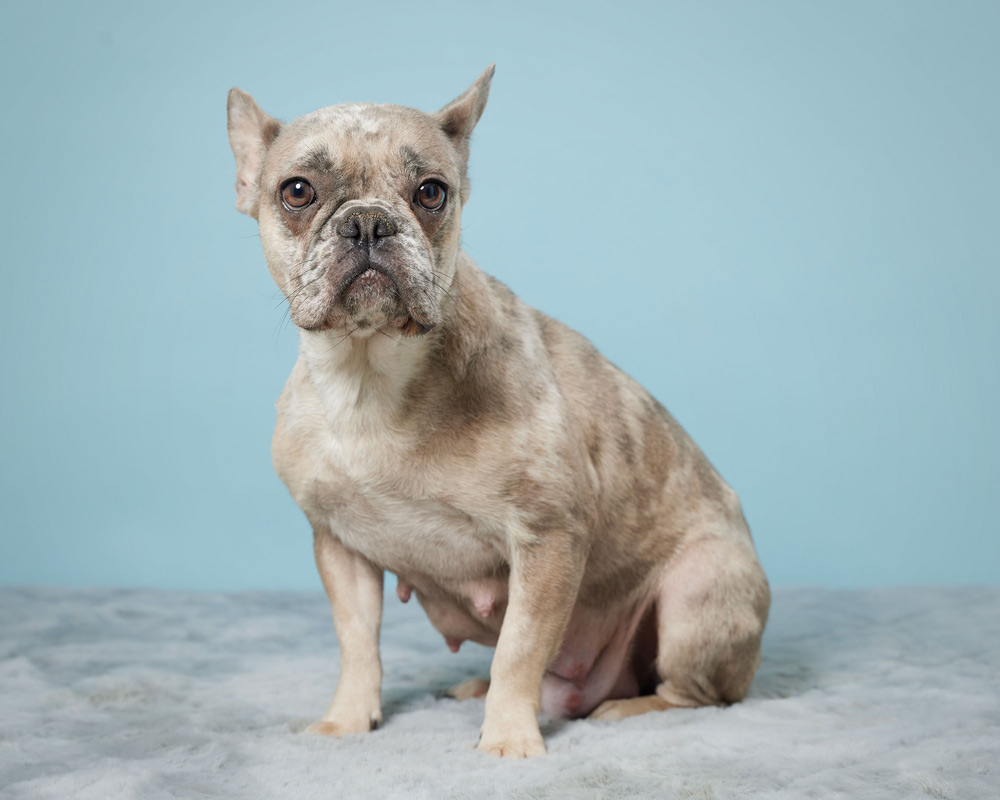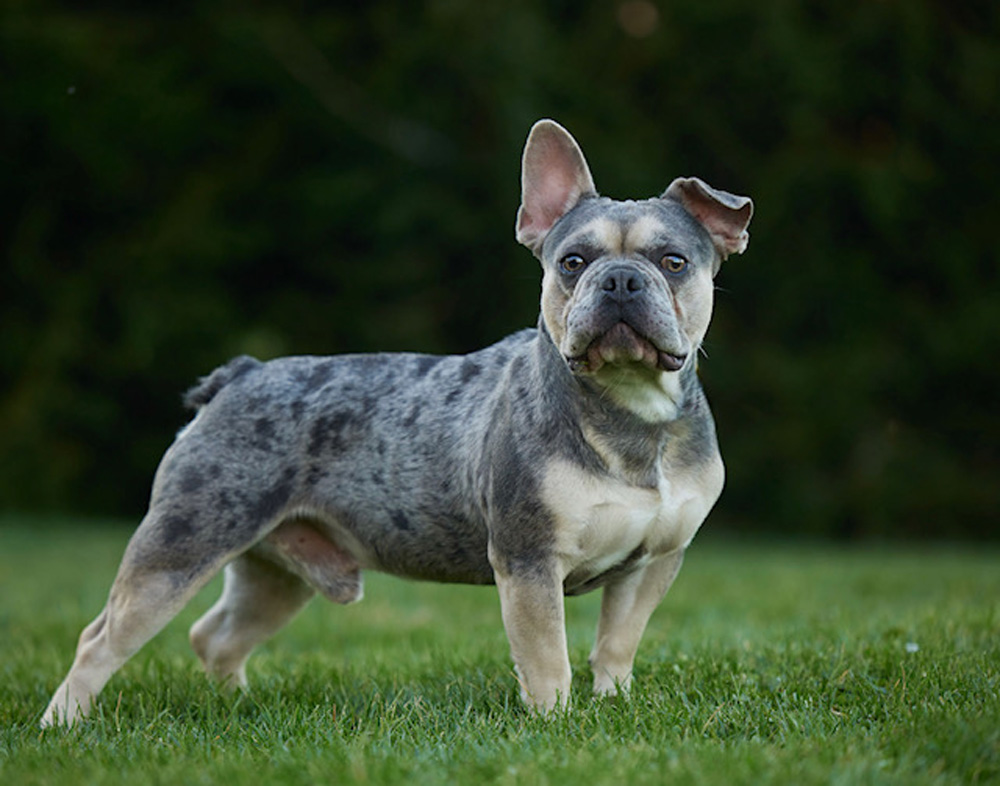
Dive deep into the History of French Bulldogs, a journey that spans from English lace workers to Parisian salons. This tale is more than just about dogs; it’s about cultural shifts and the evolution of a breed that captured hearts worldwide. By exploring their origins, you’ll see how these small bulldogs went from companions in Nottingham’s bustling lace factories to becoming symbols of elegance across France.
You’ll get insights into how dog breeders refined this beloved canine into what we now recognize as the French Bulldog, with its distinctive bat ears and muscular body. Plus, discover why they’re considered one of the best companion dogs today.
We’ll also touch on their impact on society and culture, showing how they went from being pets for common workers to favorites in high society. Get ready for an engaging read filled with fascinating tidbits about your favorite companion.

The tale of the French Bulldog starts not in France but rather in England with the lace workers from Nottingham. During the Industrial Revolution, these artisans found themselves displaced by new machinery and sought better opportunities abroad. They didn’t leave alone; their small bulldogs, a miniature version of today’s English Bulldog, accompanied them across the Channel.
Once in France, these small bulldogs became incredibly popular among Parisians for their compact size and affable nature. The dog breeders began mixing with other breeds, which introduced distinct characteristics like those famous bat-like ears we love today. This crossbreeding was essential to developing what we now recognize as the French Bulldog.
This breed’s journey from being a companion to English workers to becoming an emblematic figure within bustling nightlife districts of Paris is fascinating. It underscores how deeply intertwined human history and dog breeding can be.
In response to growing popularity, dedicated enthusiasts decided it was time to standardize this charismatic breed. Thus came into existence various clubs devoted solely to promoting and preserving French Bulldogs’ unique traits.
American fanciers were particularly instrumental in defining what makes a true Frenchie—most notably advocating for those distinctive erect ears that set them apart from their English cousins who sported rose-shaped ones instead. The American Kennel Club officially recognized them soon after, further cementing their status amongst esteemed purebred dogs worldwide.
The acknowledgment by prestigious kennel clubs did more than just elevate this breed’s status; it provided guidelines that helped ensure health standards are met through responsible breeding practices—a crucial step given Frenchies’ susceptibility due to various hereditary conditions owing largely due brachycephalic facial structure they possess.
It also allowed passionate owners around the globe to share information and resources on care training while celebrating everything that makes Frenchies wonderful family pets, bringing companionship and joy the laughter often brings into our lives.
Key Takeaway:
The French Bulldog’s historical journey from English lace workers’ sidekicks to Parisian icons and, finally, globally recognized purebreds highlights the deep connection between human history and dog breeding. Their story emphasizes the importance of dedicated clubs in preserving breed standards, ensuring health through responsible practices, and celebrating these dogs’ unique joy.
Imagine a world where every French Bulldog puppy looked vastly different from one another. This was almost our reality until dedicated breeders decided to get their act together and standardize what we now know as the beloved Frenchie. It all began in America, marking a significant shift in dog breeding history.
The first French Bulldog club wasn’t just about social gatherings and creating consistency within this charming breed. These pioneers had a vision: to refine and define what characteristics make up an ideal French Bulldog – leading us to the well-loved bat ears and compact body we adore today.
This move didn’t only help potential owners know what to expect when looking for a family pet but also ensured that health standards were put at the forefront of breeding practices, prioritizing wellbeing alongside aesthetics.
A pivotal moment in elevating French Bulldogs from mere companions to esteemed members of the purebred community came with their recognition by prestigious kennel clubs. The American Kennel Club’s acknowledgment wasn’t merely symbolic; it signified acceptance into an elite circle of recognized breeds, validating years of careful selection and breeding efforts by enthusiasts.
This recognition did wonders for raising awareness about these dogs’ unique needs due to their brachycephalic facial structure while simultaneously boosting their popularity among those seeking not just any dog but a breed backed by standards ensuring quality health traits as much as personality ones.
In essence, establishing stringent criteria through both breed clubs and formal kennel club recognitions helped transform French Bulldogs into not only one of America’s favorite companion animals but also set benchmarks for responsible breeding practices worldwide—showing how dedication towards refinement can lead any ragtag group towards becoming blue-ribbon winners in hearts across the globe.
Key Takeaway:
Dedicated breeders and clubs played a huge role in shaping the French Bulldog into the popular, well-defined breed we love today. By setting high standards for appearance and health, they ensured Frenchies not only won our hearts but also gained prestigious recognition, highlighting the importance of responsible breeding practices.
French Bulldogs, with their bat ears and compact muscular body, stand out as one of the top choices for companion dogs. Their distinctive physical traits aren’t just a marvel to look at but also contribute to their immense popularity. Known for being affectionate and easy-going, these little bundles of joy fit perfectly into various lifestyles.
Their bat-like ears are an iconic feature and serve as a beacon that draws attention wherever they go. This unique characteristic sets them apart from other breeds, making them instantly recognizable. Additionally, their compact size, coupled with a sturdy physique, makes them ideal for both apartment living and homes with spacious yards.
Beyond their appearance, it’s the personality of French Bulldogs that truly cements their status as exceptional companions. They possess a balanced temperament—playful yet not overly energetic—which means they love spending time with their families without requiring constant activity or entertainment. This blend of attributes has made French Bulldogs beloved pets around the world.
Choosing to bring a Frenchie into your home isn’t just about adopting a pet; it’s about welcoming a new member into your family who will offer unwavering loyalty and companionship. If you’re considering adding one to your life, reputable breeders like Blue Diamond Family Pups ensure that you get genetically tested and health-tested puppies so your new furry friend is healthy and happy right from the start.
In conclusion, if what you seek in a dog is more than just good looks—a true partner in crime who’ll share silent moments on the couch after bustling days—the French Bulldog might just be perfect for you. Their mix of endearing characteristics ensures they don’t simply occupy space within our homes but become an indispensable part of our lives. This affinity towards Frenchies isn’t hard to understand once you experience what makes this breed so special firsthand—from those unforgettable bat ears down to each tail wag signaling pure joy. French Bulldogs are indeed unmatched when it comes to finding companionship wrapped up in fur form. So if readiness envelopes every fiber within saying ‘yes’ to opening doors (and hearts) wide enough to invite such incomparable creatures, then know blissfully content days await ahead because choosing love embodied through four-legged wonders named “Frenchie” promises filling life’s chapters ahead wonderfully memorable moments together always cherished forevermore.
Key Takeaway:
French Bulldogs stand out with their unique bat ears and muscular build, making them top companions. They’re easy on the eyes and fit into many lifestyles thanks to their affectionate nature and moderate energy levels. If you’re looking for more than a pet but a true family member who offers loyalty and love, a Frenchie might be your perfect match.
French Bulldogs didn’t just stumble into the spotlight; they trotted right in, capturing hearts with their distinctive looks and endearing personalities. But how did these compact canines go from being a favorite of Paris’ bustling nightlife district to gracing post-Impressionist paintings? Let’s unpack this fascinating journey.
The French Bulldog’s rise to fame is as intriguing as it is glamorous. Initially brought over by Nottingham lace workers during the Industrial Revolution, these dogs quickly became more than just pets—they were symbols of affluence and sophistication. It wasn’t long before Frenchies were seen accompanying society ladies through Paris’ vibrant streets, becoming fixtures in an era defined by its opulence. Their presence in the city’s bustling nightlife district only cemented their status as fashionable companions.
This breed’s association with high society played a significant role in elevating its status across various social levels. From sitting snugly on the laps of affluent women to mingling among artists and poets at famous cafés like Café La Souris, French Bulldogs truly embodied Parisian chic.
A discussion about French Bulldogs’ cultural impact wouldn’t be complete without mentioning Henri de Toulouse-Lautrec. This renowned post-Impressionist painter was captivated by all walks of life within Montmartre—the heart of Parisian creativity—and often included Frenchies in his works. Through his art, Toulouse-Lautrec captured not just the spirit of an era but also immortalized the breed within it, showcasing them amidst scenes filled with other icons like Moulin Rouge dancers.
Toulouse-Lautrec’s depictions went beyond mere representation; they highlighted how integral French Bulldogs had become to both personal companionship and broader cultural expressions during that time period.
In summing up, it becomes clear why today’s love for French Bulldogs goes beyond their charming faces or quirky personality traits—it taps into a rich historical tapestry woven through decades of societal evolution across France and beyond.
Key Takeaway:
French Bulldogs trotted from Nottingham lace workers to Parisian high society, becoming symbols of sophistication and cultural icons in art. Their journey reflects a blend of history, fashion, and artistic representation.
Exploring the history of French Bulldogs, we’ve journeyed from England’s industrial heart to Paris’ elite salons. You now know these pups were more than just pets; they became cultural icons.
From lace workers’ companions to symbols of luxury, their story is rich with transformation. Key takeaways include their evolution through breed clubs and recognition by kennel clubs, which solidified their place in canine history.
Their unique bat ears and compact bodies make them stand out as companion dogs today. They’ve leaped from working-class homes into the arms of society’s finest, proving adaptability and charm.
So as you reflect on this tale, remember: Frenchies are not just dogs; they’re a testament to how culture shapes our four-legged friends. Let that sink in next time you meet one. If you are interested in one of our amazing puppies , contact us to get more information.